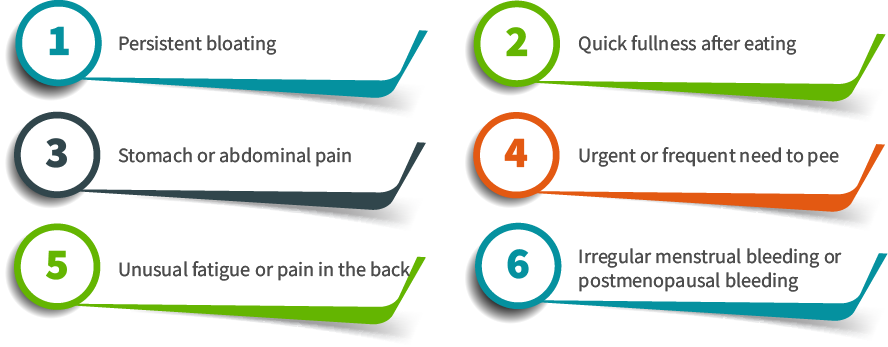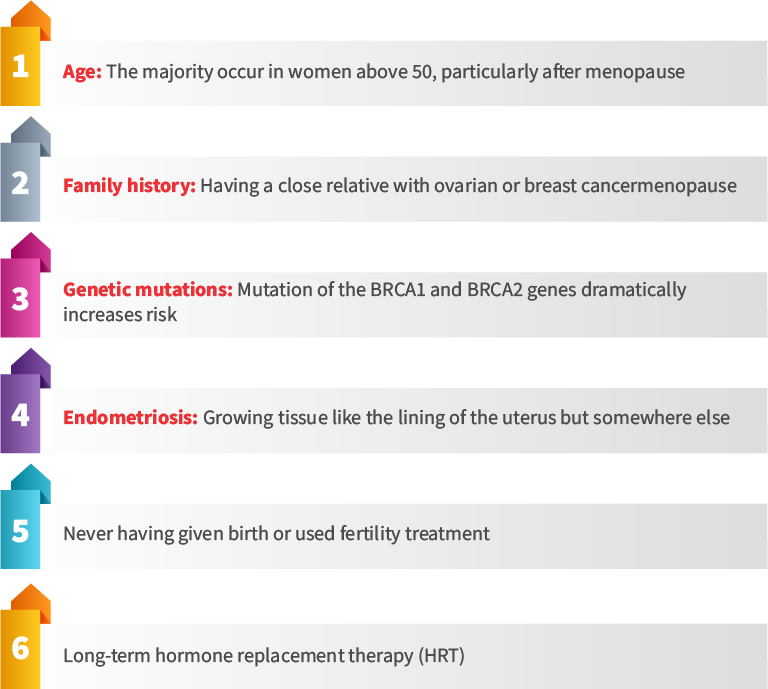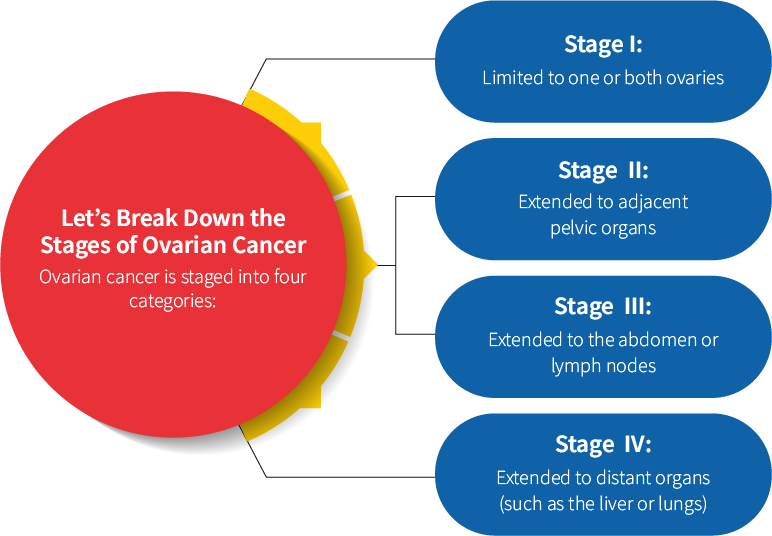Understanding Ovarian Cancer: What Every Woman Should Know
Ovarian cancer is referred to as the “silent killer” not because it cannot be treated, but because it tends to go undetected until it is advanced in its stages. Yet, it remains one of the leading causes of cancer-related deaths among women. According to the Indian Cancer Society, 47,333 new cases are diagnosed with an age-standardised rate (ASR) of 6.6 per 100,000 women. Approximately 32,978 lives are lost annually, with an ASR of 4.6 per 100,000 women.
A woman’s lifetime chance of getting ovarian cancer is approximately 1 in 91, and the likelihood of dying from it is approximately 1 in 143. These are not numbers — they are mothers, daughters, sisters, and friends. Ovarian cancer primarily strikes older women, with nearly one-half of all diagnoses made in women 63 and older. It also occurs more often in White women than in Black women.
Privilege of Knowing and Reaching Care
Early cancer detection and prompt treatment, in most cases, can significantly improve survival rates. But access to regular screening, genetic testing, and proper healthcare remains a privilege for most women around the globe. Socioeconomic inequalities, limited awareness, and inability to access gynaecologic specialists can delay diagnosis
What Exactly is Ovarian Cancer?
Ovarian cancer is a cancer that begins in the ovaries — the small, almond-shaped organs on either side of the uterus that make eggs and hormones.
Ovarian cancer comes in three main types!
- Epithelial tumours: Arise on the surface of the ovary (most frequent).
- Germ cell tumours: Origin from the cells that make eggs (more frequent in young women).
- Stromal tumours: Develop from the hormone-making cells (less frequent but tend to be diagnosed earlier).
Know These Early Signs of Ovarian Cancer
The symptoms of ovarian cancer are usually similar to common digestive or menstrual complaints, so it is easy to ignore them. But if you find any of the following signs recurring frequently (more than 12 times a month), you should consult your physician:

Who’s More Likely to Develop Ovarian Cancer?
Though ovarian cancer can strike any woman, some things make it more likely:

Ovarian Cancer Often Goes Undetected — Here’s Why
Other cancers have no such luck. There is no standard routine screening test for ovarian cancer. Smear tests won’t catch it, and early-stage symptoms are unobtrusive.
That’s why an estimated 70% of cases are diagnosed at Stage III or IV — when the cancer has already begun spreading. And that’s why awareness is important.
The sooner it’s detected, the more likely it can be treated:
Stage I: ~90% 5-year survival rate
Stage IV: ~17% 5-year survival rate
Why Catching It Early Is So Difficult
Symptoms of ovarian cancer are general and easily confused with less serious problems. There is no routine screening test as there is for cervical cancer, so early detection is difficult. But understanding your family history, having regular pelvic exams, and seeing a doctor about persistent symptoms can save your life.
How Do Doctors Find Ovarian Cancer?
Doctors typically use a combination of:
- Pelvic exams
- Ultrasound or CT scans
- Blood tests like CA-125 (a marker sometimes elevated in ovarian cancer)
- Biopsy (definitive confirmation)
Let’s Break Down the Stages of Ovarian Cancer
Ovarian cancer is staged into four categories:

Every phase contributes to treatment planning, which may involve surgery, chemotherapy, targeted therapy, or a combination of these approaches.
Here’s How Ovarian Cancer Can Be Treated
- Cytoreductive surgery: A surgical procedure to remove the ovaries, uterus, and any disease deposits in the abdominal cavity.
- Chemotherapy: This can be administered before or after surgery, depending on the stage and extent of the disease.
- HIPEC (Hyperthermic Intraperitoneal Chemotherapy): A treatment that involves delivering heated chemotherapy directly to the abdominal cavity.
- Radiation therapy: This modality has a limited role in the management of ovarian cancer.
- Targeted Therapy: Particularly potent in BRCA-mutated cancers
- Hormonal Therapy: In some instances
Treatment is based on the stage, type, and general health of the patient.
Knowledge Is Hope
Moving Forward with Confidence
Ovarian cancer doesn’t have to be the “silent killer.” By education, advocacy, and listening to our bodies, we can give voice and save lives. Your awareness could be the key to early detection — Early awareness is a gift not every woman has, but every woman needs.
For more details, visit Star Hospitals’ Cancer Centre for personalized treatment options.
Read More: https://starhospitals.in/blogs/understanding-ovarian-cancer
Comments
Post a Comment